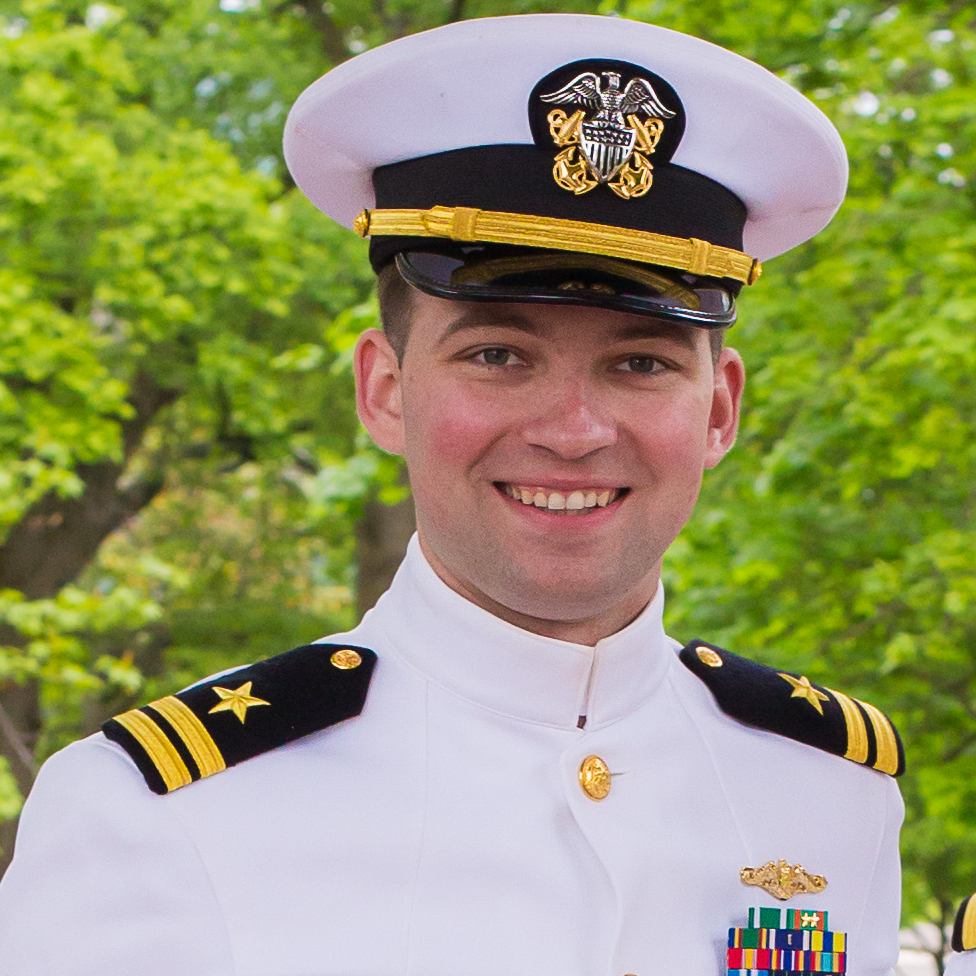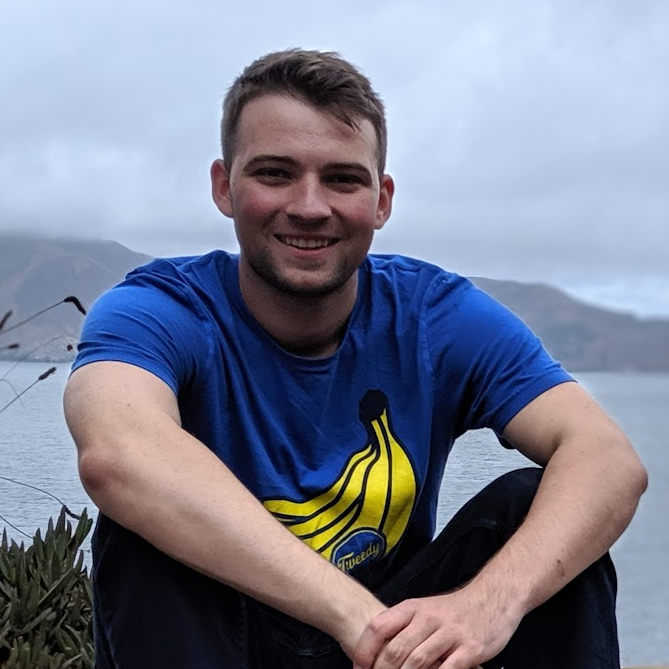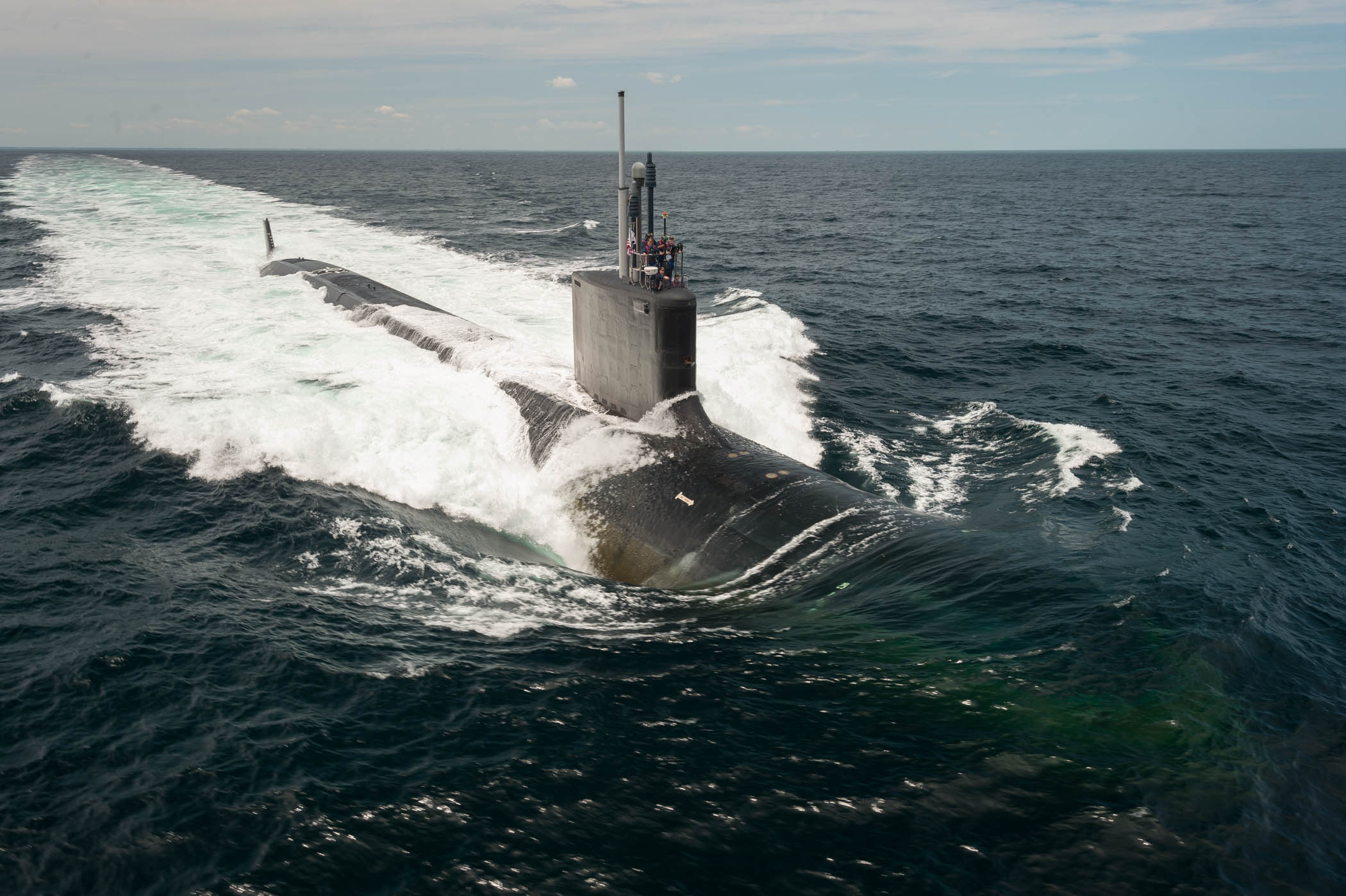Editor’s Note (December 16, 2025):
At the time of publication, Carl Kolon was part of Vannevar Labs. He has since moved on to the next stage of his career.


“Being on the boat gave me empathy for environments where connectivity is a luxury. If people rely on our software, it has to work no matter what.”
Carl Kolon served as a submarine officer, taught himself to code, secured an internship at Vannevar Labs, and ultimately became a Forward Deployed Engineer. His path reflects the kind of mission-minded builder we’re proud to work with.
Here, Carl shares how he transitioned from the Navy to solving national security problems in tech, and what he’s learned along the way.
What did your path to Vannevar look like?
I was a Submarine Officer from 2018 to 2023. I did nuclear power training down in Charleston from 2018 to 2019. Then I was on two submarines. I deployed with USS John Warner out of Norfolk, and after coming back, I went into the shipyard on PCU New Jersey, and did their whole engineering lead up to delivery.
What drew you to Vannevar’s mission and what convinced you to apply?
I found Vannevar through Breakline in 2023. A couple years earlier, I had started a blog to prove my technical chops, so I felt comfortable applying and interviewing with the company, and ended up joining as an intern.
At the time, Vannevar stood out to me as one of the only companies that truly took veterans seriously when they wanted to become software developers. When I first joined, four or five of our 30-person engineering team were veterans, which was really cool. The industry has changed since then, and now I think it’s more common, but in 2023 that seemed very unique.
How has your role evolved since joining?
I appreciate that I’ve been able to follow my interests here. I started as an intern on the data collection team. Once the internship was over, I was offered a full time role. By then, Vannevar was building a Forward Deployed Engineering (FDE) team. I was excited about getting close to end users, so I asked to switch teams and become an FDE.
I’ve been an FDE for 18 months now. I spent the first year working on our geospatial applications and building external-facing APIs. More recently, I’ve been focused on inventing economic competition products. I’ve also worked on some short-lived, experimental projects.
The flexibility that Vannevar offers is appealing. Typically if engineers have an idea, we have a lot of freedom to explore and see where it leads.
What’s been the toughest technical or mission challenge you faced at Vannevar?
The most technically interesting thing that I’ve worked on has been visualizing geospatial data. I was one of the first two FDEs who stood up our geospatial product. The product supports a lot of data-intensive, time-sensitive geospatial work. In particular, the database is huge. Trying to store the data effectively, partition it cleverly so page load times are fast, and still ingest it quickly enough - that’s a very hard engineering problem, and forces you to get creative. My knowledge of maps from the Navy came in handy here!
Our users started to love this product, and we eventually hired a team of geospatial specialists who have spent their careers working on these types of problems. It’s much better now than it was when I worked on it, but it was fun to have the first crack at it.
How do you think about customer empathy?
In the Navy I learned to appreciate the types of systems Vannevar software runs on. Every Vannevar employee has a super high-powered computer, so if you’re testing a map program that requires a GPU to render fast graphics with WebGL or something, it’s no problem. But when that program needs to run in a customer’s environment, sometimes you find you can’t do that anymore. There may be security constraints that restrict access to GPUs, or maybe they use thin clients that are all connected to a central mainframe. These kinds of problems are very common in the DoD.
Most SaaS companies assume their users will operate in ideal conditions. When the conditions aren’t ideal, the experience gets really bad. In the Navy, for example, you will not have reliable, fast internet. Often you won’t have internet at all. I remember being on deployment and having sailors who couldn’t submit their assignment preferences in the Navy’s web app because we couldn’t get an internet connection for long enough to load the page. Being on the boat gave me empathy for environments where connectivity is a luxury. If people rely on our software, it has to work no matter what.

Above: USS John Warner (SSN-785) conducts sea trials in the Atlantic Ocean on June 9, 2015. US Navy.
What have you learned about yourself since joining Vannevar?
I’ve enjoyed getting to know users much more than I thought I would. I think there’s an internalized stereotype among software developers that we have to be introverted or socially awkward. In most cases, though, if you want to deliver value to users, you have to meet them, understand what they’re looking for, and sometimes build it in front of them. That’s a fun process and it’s a unique aspect of working at a hungry defense tech startup.
What do you look for in someone who would thrive on your team?
I think great engineers try hard to understand the problems that they’re working on. Let’s say you’re debugging an application and you find a fix to your problem (with Google or ChatGPT, etc). Maybe you had to add a line to a config file or something. Some people stop there, and others figure out what that config line actually does. That’s what separates really great engineers from others, in my opinion. To use a Nuclear Navy term, great engineers have a questioning attitude.
It’s possible to take this too far, of course, but generally if you employ engineers with a questioning attitude, you get a superior product. Great engineers are craftspeople, and they should be able to answer questions about the decisions they make.
For developers who are job searching, I’d say you should start a website and share your work. Here’s mine.
One of our core principles is “Put Your Wellbeing First”. How are you putting this into practice?
I ran my first marathon last year with a couple of my co-workers. I’m also having a daughter this summer, which is going to be great. Vannevar has a great vacation and parental leave policy, which has made it much easier to plan for the next couple months.
If Carl’s story resonated with you and are looking for a mission oriented career in defense tech, please feel free to reach out to Carl directly or browse our latest job openings at vannevarlabs.com/careers







